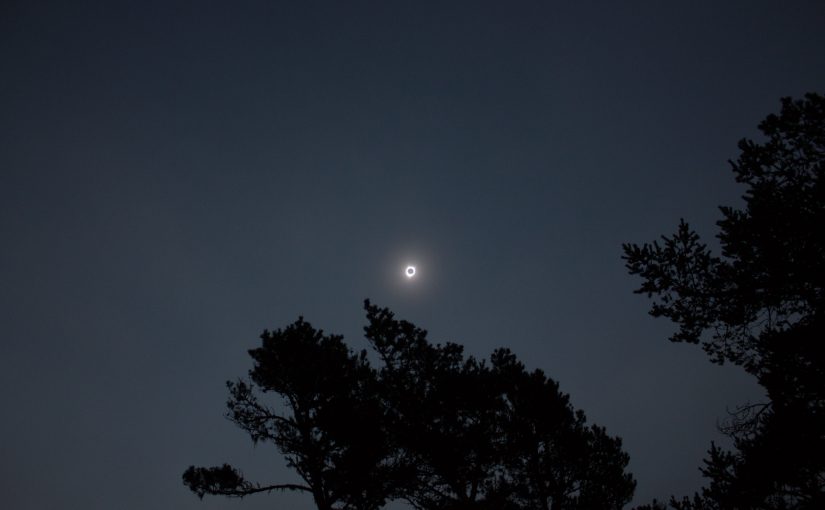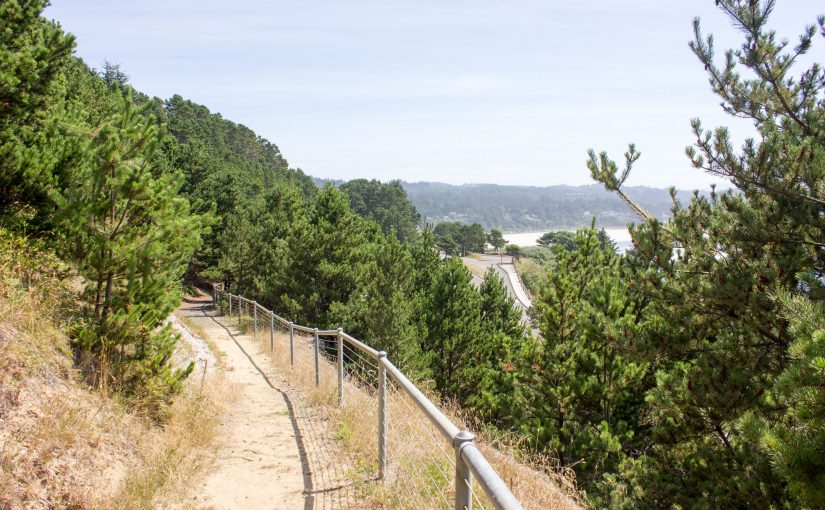Heather Rose Jones
School has begun in earnest, and I’ve suddenly gone from reading a book a day to taking a couple weeks to finish one. I’d call it depressing, but considering that I’m down to only a couple more books that I haven’t yet read, it’s actually working in my favor, keeping me from running out of new material quite so quickly.
“The Mystic Marriage” is set in the fictional European country of Alpennia, a small country that, were I to guess, is somewhere bordering France and, perhaps, Spain? It’s hard to say, as it’s never explicitly explained, but the recent collapse of the French Empire feels more personal than do the interferences from the Austrian Empire.1
There’s two twists that make the book really interesting.
The first is the presence of magic. It’s a different system than I’ve seen before, though – works of thaumaturgy are referred to as ‘mysteries’ and rely on the intervention of the saints. It’s all very Catholic, with some interesting utilitarian aspects. It’s reminiscent of the ways that science would have to be fit into the Catholic canon – tweak the wording a little bit, make sure to express some wonder about the great things God does, and you’re good as long as you don’t get too scandalous.
The other is more scandalous, and where it gets really fun. The core of the cast is, basically, the Lesbian Noblewomen’s Society. There’s a lot of mention of the fact that, as Noted Eccentrics, they’re allowed more strangeness by the high society of Rotenek, which is how they can get away, for example, a pair of unrelated women living together despite both being wealthy enough for their own households. It’s the scandalous nature of it that makes it feel realistic – there’s no “oh, yes, in this fictional country, unlike the rest of the Continent, everyone is totally fine with this!” It’s a “we’re powerful people, and as long as we’re not blatant we can get away with it.” Sort of a “don’t ask, don’t tell” applied to the upper crust of society.
And really, it’s a very enjoyable book. The genre changes were interesting, and allowed it to explore a lot of ground without being predictable, which I quite liked. So I’m quite happy to give it a recommendation – go give it a read.
- I think it’s the Austrian Empire; they’re referred to as ‘Austrians’ throughout, and only in glancing references, so it could just as well be the Holy Roman Empire. ↩




